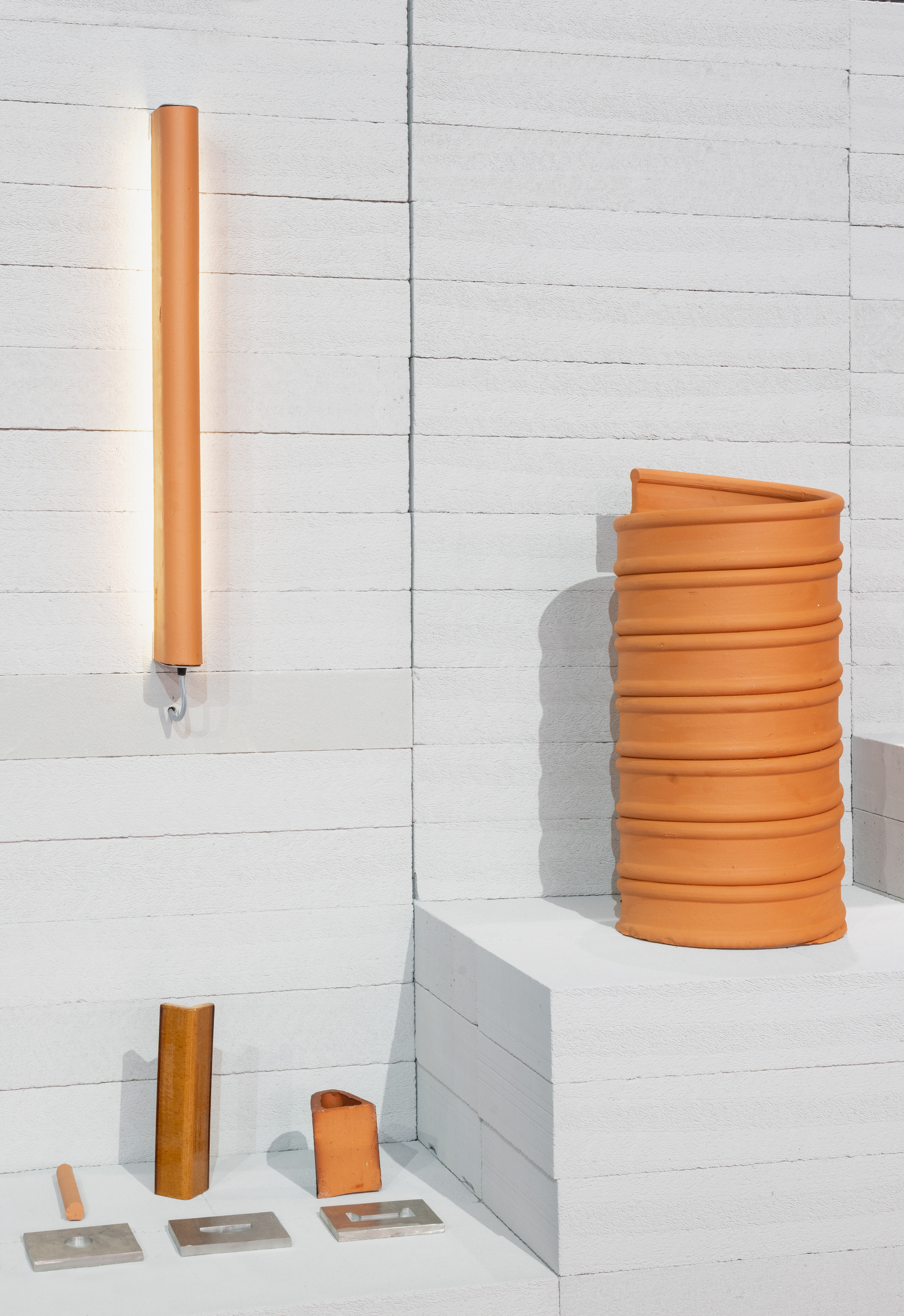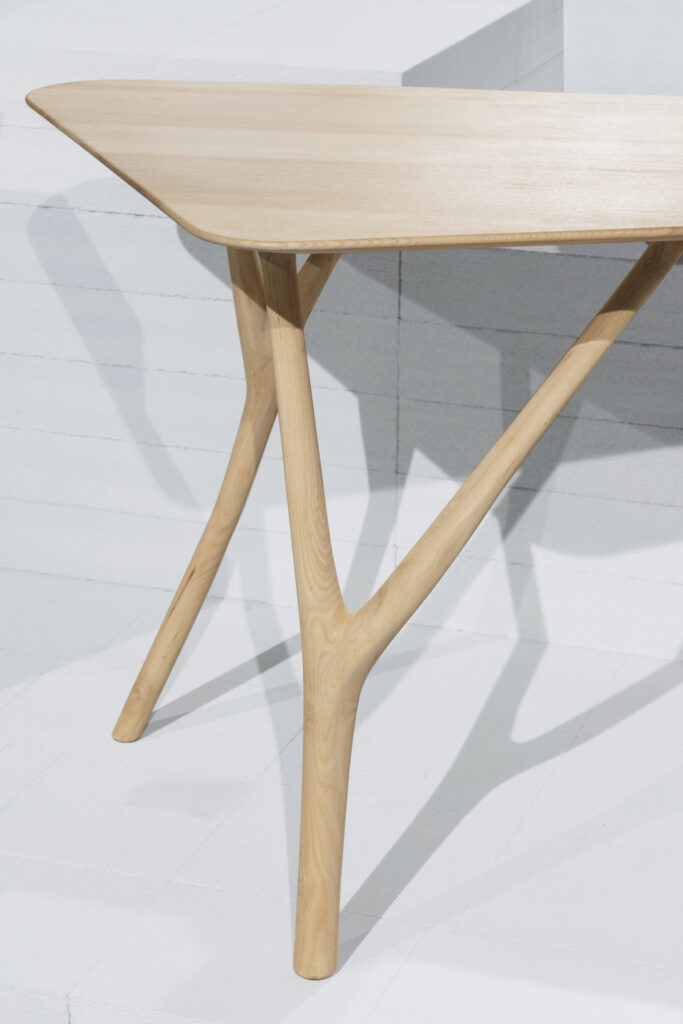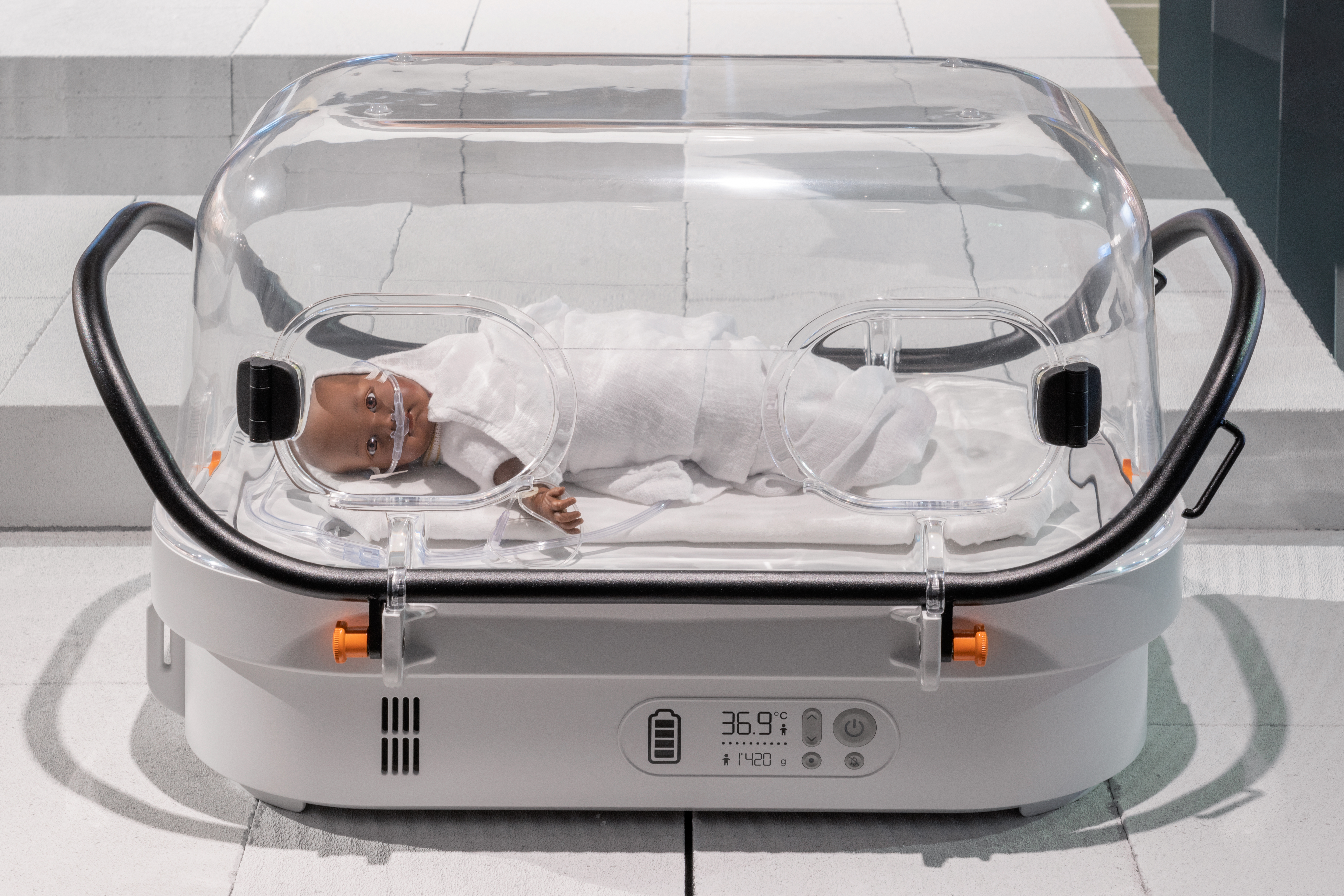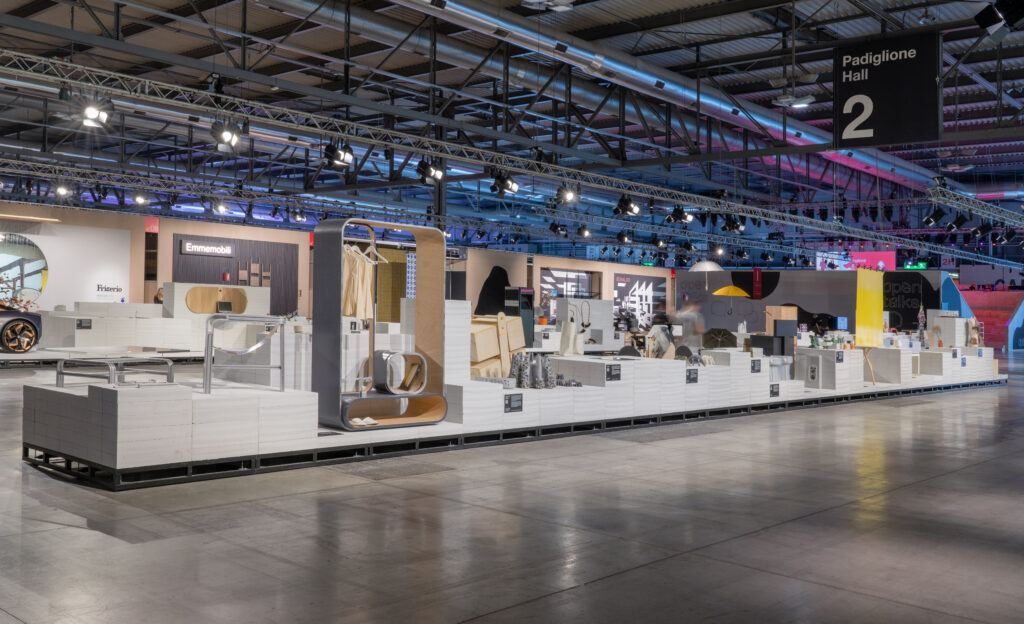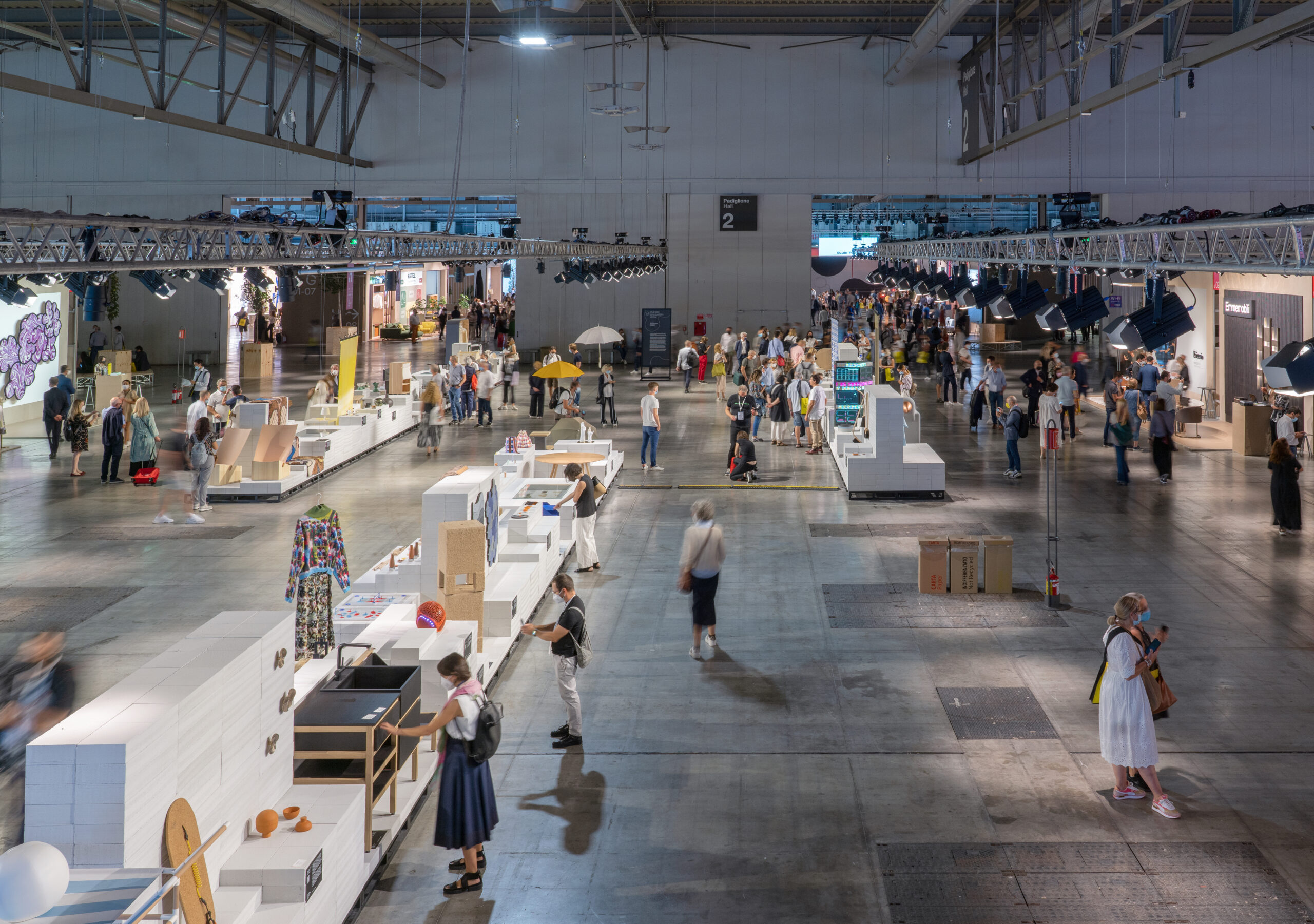
The concerns young designers are facing around the world are global and universal
Over the course of 2020/21, thousands of design students completed their studies. But unlike their peers before them, these students graduated without having had the chance to present their works to the public.
In this year’s Supersalone in Milan, The Lost Graduation Show finally gave the Class of 2020/21 the opportunity to show their work. Weekly spoke to the exhibition curator Anniina Koivu, who brought young designers from all over the world together on one large stage. A global open call gathered representation from 48 design schools in 22 different countries and showcased a total of 170 projects. The Supersalone saw more than 58,000 visitors.
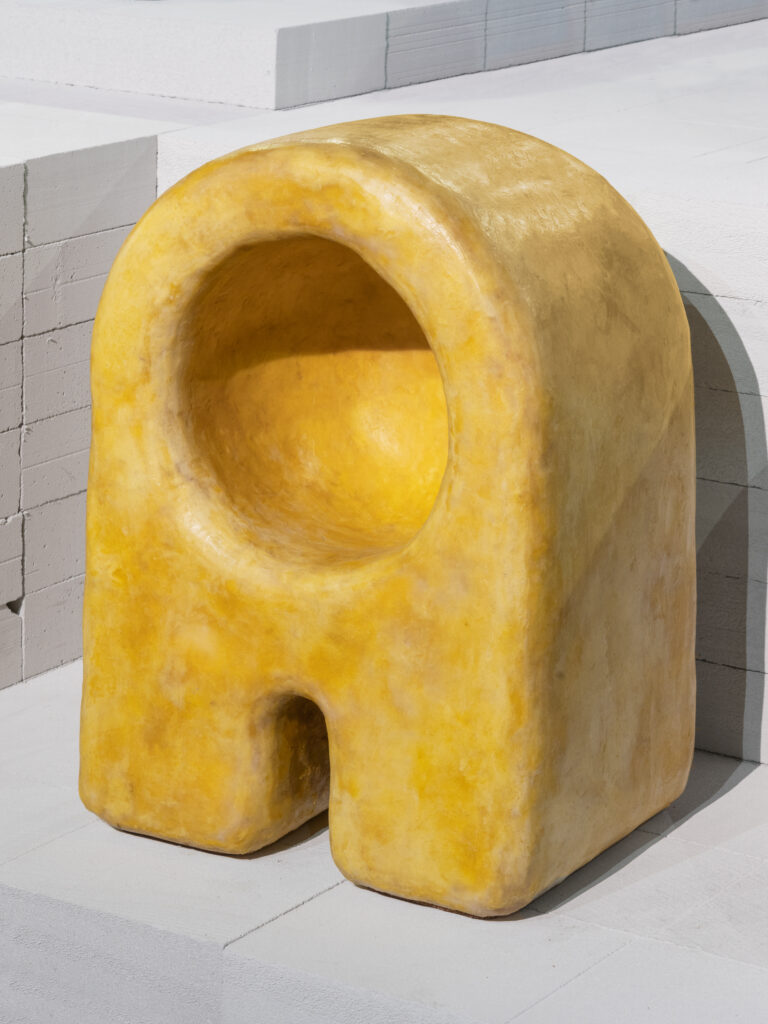
Anniina Koivu: Being at the very heart of the commercial fairs, we can be pretty certain that there was no way to miss TLGS. It was an exceptional opportunity to show young design right next to companies and renowned designers.
Weekly: A global open call for students is a powerful gesture. What was the response like?
AK: The show was conceived for these young designers, who are now ready to make their debut in the industry. At the same time, we were aiming to provide a chance for producers, makers, designers, journalists, gallerists and other design professionals, as well as the general public, to see the latest in young design. And, after an 18-month disruption, the exhibition is an invitation to re-establish the important dialogue that centres around design’s future.
What quickly became clear to us was that once you start putting the works on the stage from all around the world, nationalities become less important. The show highlights the concerns and concepts currently being discussed in educational institutions across the globe. The most pressing topics and questions in contemporary design – those questions that the new generation is facing, working on and proposing to solve – are global and universal.
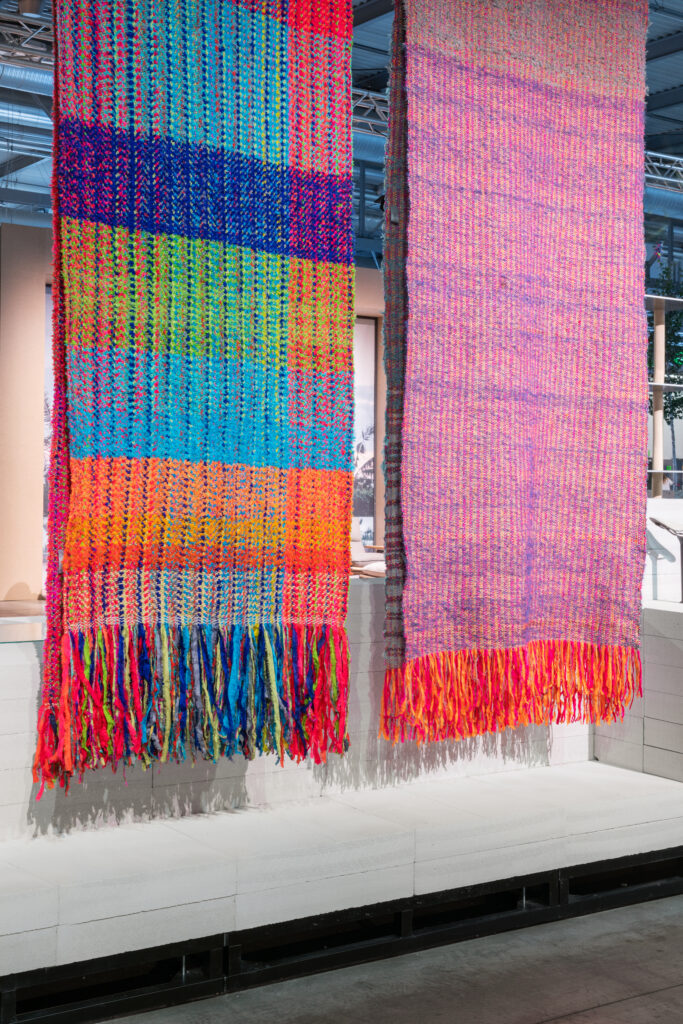
W: You worked with a curatorial team that included Margherita Banchi, Bérengère Bussioz, Luisa Kahlfeldt and Silvio Rebholz. Was there something that surprised you and the team in the process or a bit of wisdom you’d wish to share?
AK: First of all, the team was exceptional. Not only for the commitment and quality, but also that all four are (more or less) recent graduates in design themselves.
The curatorial process included studying a vast spectrum of works from all different areas of design, from product design to furniture and lighting design. The selected works explore many domains. These include material research and sustainable design; mobility, service or inclusive design; and medical, sports and outdoor design. Some projects were born of the specific, limited circumstances we have all been experiencing. These projects seek comfort, healing or simply improvements in our everyday lives. In other cases, designers tinkered with low-tech factories, reinventing ways of producing design. Still others are on the lookout for better collective areas, and are rethinking public spaces for people to enjoy together. Throughout the proposals, the common theme was a collective awareness that materials should be treated carefully and with respect, while avoiding excess.
I would like to share three lessons learned from The Lost Graduation Show.
The first included overarching themes from medical wellbeing, body and gender-related issues. There were projects combining an artistic approach with the 3D printing of pills and tablets (Lafaille), rethinking collapsible syringes (Ceron/Lopez) or creating an incubator for newborns (Roy).
In general, we can see how these designers take matters into their own hands and create new niches in the design industry. Their interests go far beyond functionality and form, but rethink production and distribution methods. In The Lost Graduation Show, we presented multiple DIY factories: printers, low-tech injection and CNC machines, DIY 3D printers or laymen’s tool sets. All these self-made machines allow independent production. The third observation was the great attention towards materials and the rethinking of alternatives for currently used hazardous materials. But what is most striking is the overall proactive and positive attitude. The show confirms that disruption can be a positive trigger for change.

W: We love the zero waste approach in exhibition design and are always looking for the best practices in sustainable event production. How did you manage to design a temporary exhibition space where no material went to waste?
AK: The exhibition designers Camille Blin and Anthony Guex had a genius idea when working with finding a solution that would be democratic for all designers. After all, we wanted to create a harmonious landscape that placed objects next to each other in a dialogue. The solution should also vary in size: the objects on display were of many different sizes, ranging from pills to a full-scale car. We needed the most flexible solution that would allow us to shuffle things around: 9000 cement blocks! The entire exhibition is based on modular, locally sourced material sponsored by Xella Italia, and after their use they were returned to the production line to be crumbled into sand. We are proud to say that no ecological harm was done – everything was put back. After five days the show left no physical trace, although perhaps a cultural one.
Just in case you missed the show, all of the selected works are shown in a parallel digital archive: @thelostgraduationshow.

